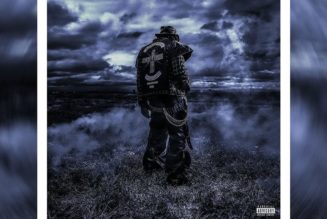John Lennon is dancing. As the other members of the Beatles sing and play, Lennon, ever the cut-up, clowns around, bouncing from one leg to the other with a grin on his face. But something is wrong. His hands move like flippers, turned out at an odd angle and making frantic circles in the air, as if he’s wiping down an invisible window. And as his body moves from side to side, his head seems to lag slightly behind it. The larkish ebullience feels strained and off-kilter, like an audience that wants to clap along but can’t find the beat.
The music video for “Now and Then,” which has been billed as “the last Beatles song,” starts off as an affectionate nostalgia trip, intercutting present-day footage of the two surviving Beatles with archival footage of their late bandmates. But Peter Jackson, who directed the new clip, wants to do more than collapse the decades; he wants to erase them. The camera tracks past Paul McCartney and Ringo Starr, laying down their parts in their 80s, and Jackson puts Lennon and George Harrison right between them, strumming their guitars in full Sgt. Pepper garb. A gray-haired McCartney oversees a string section in the studio, flanked by a ghostly Harrison and his own younger self.
“Now and Then” exists in part because of technology Jackson developed during the making of Get Back, used to isolate Lennon’s vocal track on a nearly 50-year-old recording. The resulting song is unremarkable and anodyne, a final squirt of Beatles-flavored content for fans craving one last taste. But the video is something else. Lennon and Harrison, whose guitar-playing from a 1995 session also appears on the song, aren’t just passive participants. Jackson makes them active conspirators, thrusting their past selves into the present and forcing them to play along. It feels less like a memorial than it does a grave-robbing.
It’s been almost 10 years since Jackson wound up his three-film version of The Hobbit, an overstuffed indulgence that was rendered almost literally unwatchable by the use of high-frame-rate 3D. The bleeding-edge format was meant to add a realist dimension to the trilogy’s fantastical world, but its you-are-there clarity actually made it feel as if you were on the set of a movie instead of watching one, stuck in a making-of for a thing that was never made. The Lord of the Rings movies mixed digital effects with sleight-of-hand techniques dating back to the dawn of moviemaking, like using forced perspective to make one actor seem several feet taller than another. But from the garish tableaus of The Lovely Bones to the dull bombast of King Kong, Jackson’s post-LOTR movies feel increasingly like pretexts for him to tinker with new technologies, regardless of how imperfect or off-putting the results may be. Rather than because it best fit the needs of any given moment, Jackson’s answer to whether or why to deploy a particular bit of trickery seemed to be simply: Because I can.
In the case of Get Back, the results were practically miraculous. Jackson and his crew were able to achieve the previously impossible, eavesdropping on conversations that had been inaudible for decades. Exchanges that had never been heard, and were perhaps never intended to be heard, were suddenly as clear as day. But “Now and Then” is closer in spirit to Jackson’s 2018 documentary They Shall Not Grow Old. Given access to 100 hours of century-old footage from the front lines of World War I, Jackson digitally restored and then colorized it, further rendering it in artificial 3D on the grounds that it would bring contemporary viewers more fully into the past. The effect was startling, but not in the way Jackson intended. Rather than closing the gap between viewers and soldiers, the technique drew a sharp line between them, frustrating the imaginative connection that audiences have been instinctively making with the people on the screen for generations. We don’t have any trouble perceiving the humanity of the characters in The Big Parade or La Grande Illusion because we can choose to project ourselves into the space they inhabit. But by striving to erase the gulf between then and now, They Shall Not Grow Old strands both its subject and its audience in a digital no-man’s-land. Instead of being brought back to life, one soldier is rendered as an eyeless ghoul, looking as if the skin has simply grown over his sockets. If the footage were visibly imperfect, we would fill in the blanks ourselves. But there’s no room for imagination in the movie’s digitally smoothed-out world, just a man who looks something other than human, and always will.
The Beatles were famous technophiles, forever on the lookout for new ways to record and modify sounds, and the short official documentary accompanying the release of “Now and Then” stresses the idea that, as McCartney puts it, the use of A.I. is “something the Beatles would have been very interested in.” Lennon’s son Sean echoes that sentiment: “My dad would have loved that, because he was never shy to experiment.” Lennon’s son and his closest collaborator are free to speculate on what his wishes might have been. But Jackson’s video takes the “would” out of the equation. When his archival Lennon shows up behind the podium to conduct the present-day studio orchestra, we’re outside the realm of the conditional tense. There he is, watching it happen, and giving it his seal of approval. Any doubts we might have about the validity of the enterprise, creatively or ethically, are washed away. It’s OK. John said so.
In the Black Mirror episode “Be Right Back,” a grieving widow uses artificial intelligence to bring her late husband back to life. At first, the digital facsimile of the person she loved, extrapolated from social media posts, is crude and impersonal, but the more data she feeds it, the more realistic it becomes. What starts out as a glorified chatbot becomes an eerily convincing simulacrum, housed in an android body functional enough to fulfill all of the dead man’s spousal obligations. There’s just one problem. No matter how much of her husband the A.I. consumes, the result can only be an outgrowth of a program built to a single end: to do what it’s told. The John Lennon of “Now and Then” can’t argue or disagree, can’t push back or add ideas of his own. He’s just propped up long enough to give the appearance of approval, and then he goes back in the box.
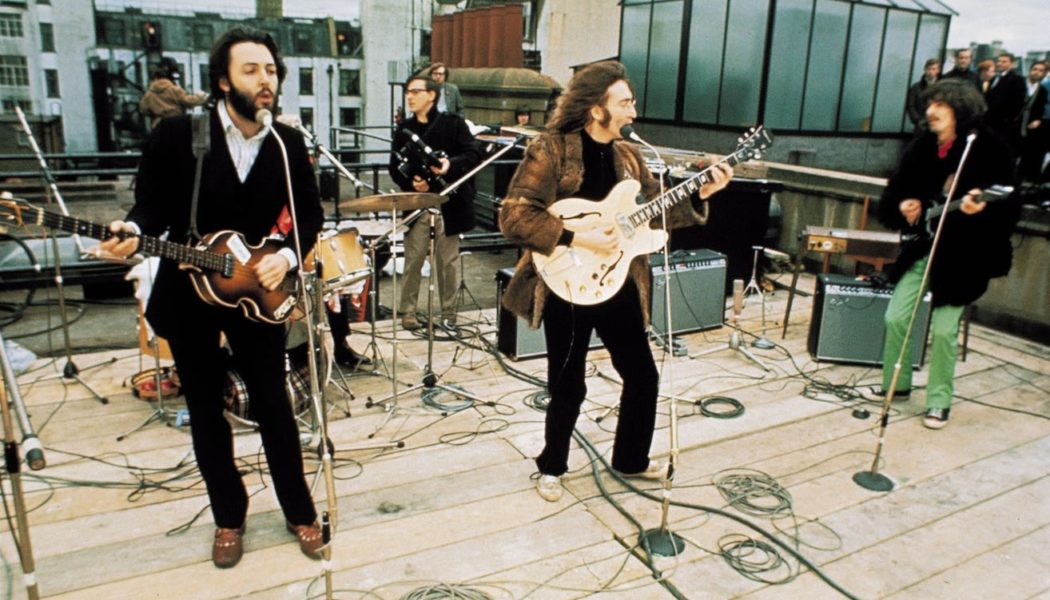

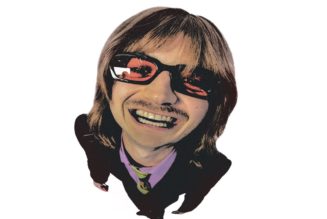
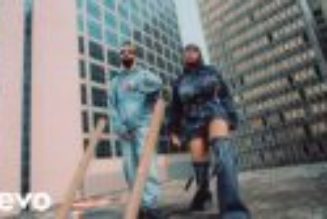


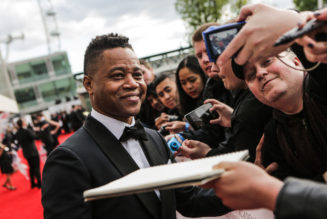
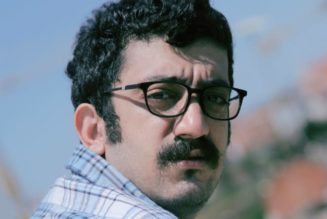
![Crayon – The One (Chop Life) [Snippet]](https://www.wazupnaija.com/wp-content/uploads/2023/03/crayon-the-one-chop-life-snippet-2-327x219.jpg)
